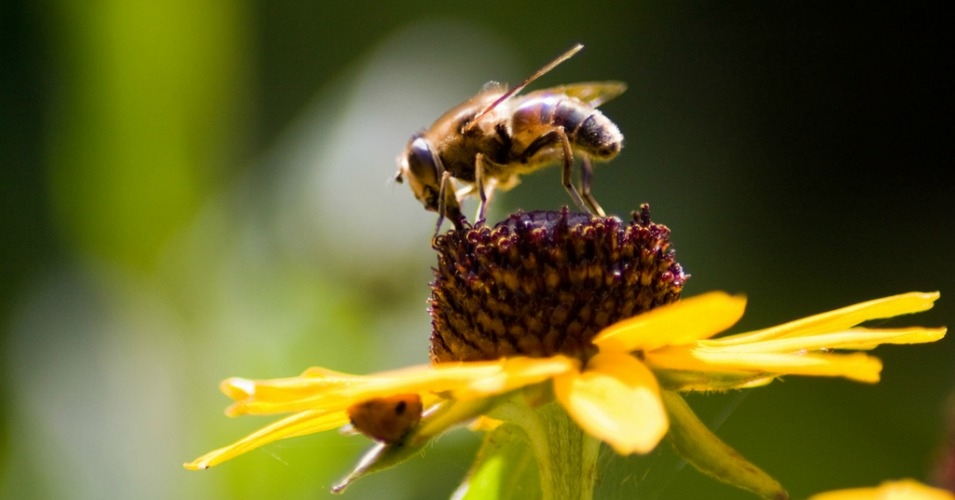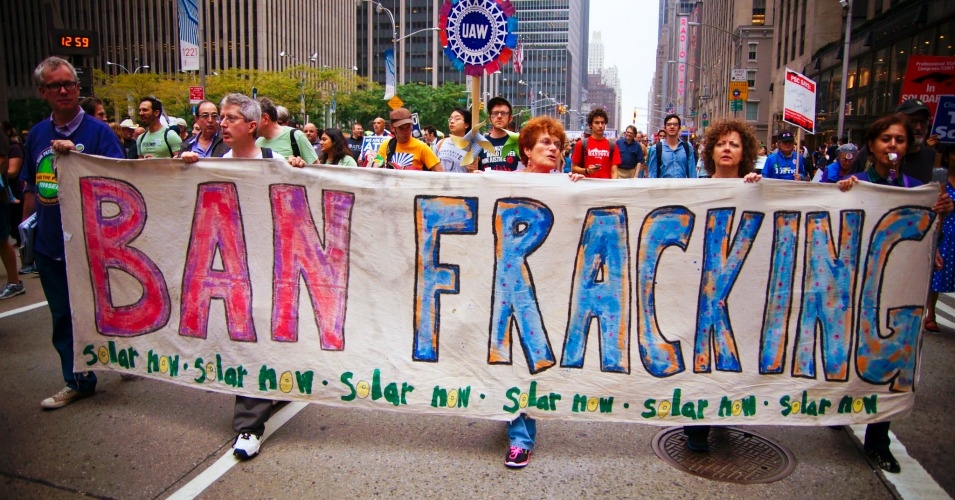The Environmental Protection Agency (EPA) on Wednesday confirmed longstanding fears that a widely-used pesticide can pose a significant risk to honeybee populations.
The first risk assessment released by the agency on the long-term impact of neonicotinoids focused on the most popular class of the insecticide, imidacloprids. Slammed by researchers as a “deeply flawed” study, the EPA nonetheless found that when used on certain crops, pollinator hives exhibited a dangerous level of chemical residue.
If pollinators were found carrying nectar back to the hive with a greater than 25 parts per billion concentration of imidacloprid, likely effects included decreases in population as well as less honey produced, the EPA stated.
The analysis found that “citrus and cotton may have residues of the pesticide in pollen and nectar above the threshold level. Other crops such as corn and leafy vegetables either do not produce nectar or have residues below the EPA identified level.”
The Associated Press described the findings as “a nuanced answer that neither clears the way for an outright ban nor is a blanket go-ahead for continued use.”
Lori Ann Burd, environmental health director with the Center for Biological Diversity went further than that. The EPA analysis, she told Common Dreams, is “deeply flawed” because it only analyzed the effect of imidacloprid on honeybees, and “ignored the 4,000 species of native bees” as well “other pollinator species, including butterflies, some of which are now listed as endangered species.”
Despite the fact that recent studies have shownthat neonics have an “especially dangerous effect” on wild bee populations, the EPA analysis “focused exclusively on honeybees as a proxy for all pollinators,”—a move Burd describes as “absolutely inappropriate.”
What’s more, the EPA ignored the “vast body of data out there showing that neonics are substantially harming pollinators,” and only looked at a single study, which was based on tests run by imidacloprid producer Bayer CropScience.
“It’s nice the EPA acknowledged that neonics are harming pollinators, but its like saying smoking cigarettes are bad for your health,” Burd said. “There’s no question about it.”
This sentiment was shared by Lisa Archer, Food and Technology program director at Friend of the Earth, who said: “The EPA’s piecemeal approach continues to ignore the risks posed by neonicotinoids to native bees, synergistic and cumulative impacts of exposures to multiple neonicotinoids and other pesticides and fungicides, the impacts of seed coatings, and sublethal and chronic effects that also contribute to bee declines. With beekeepers facing continued unsustainable losses, and harm to essential native pollinators mounting, the EPA needs to stop dragging its feet and take decisive action to suspend these bee-toxic pesticides.”
Scientists and environmental groups have long-warned about the dangerous impacts of neonicotinoids on pollinators, such as honeybees, native bees, and butterflies. In high concentrations, the chemicals can be lethal. They have also been found to persist in soil environments and have been linked to colony collapse disorder, which researchers describeas a crisis that could impact the global food supply.
Produced by biotechnology firms including Syngenta, Bayer CropSciences, and Dow Agrosciences, neonics are commonly sprayed on genetically modified (GM) crops and oftencoat GM seeds.
The imidacloprid analysis is just the first of four preliminary pollinator risk assessments for the neonicotinoid insecticides; the agency is expected to release similar studies into other neonicotinoids—clothianidin, thiamethoxam, and dinotefuran—for public comment in December 2016.




